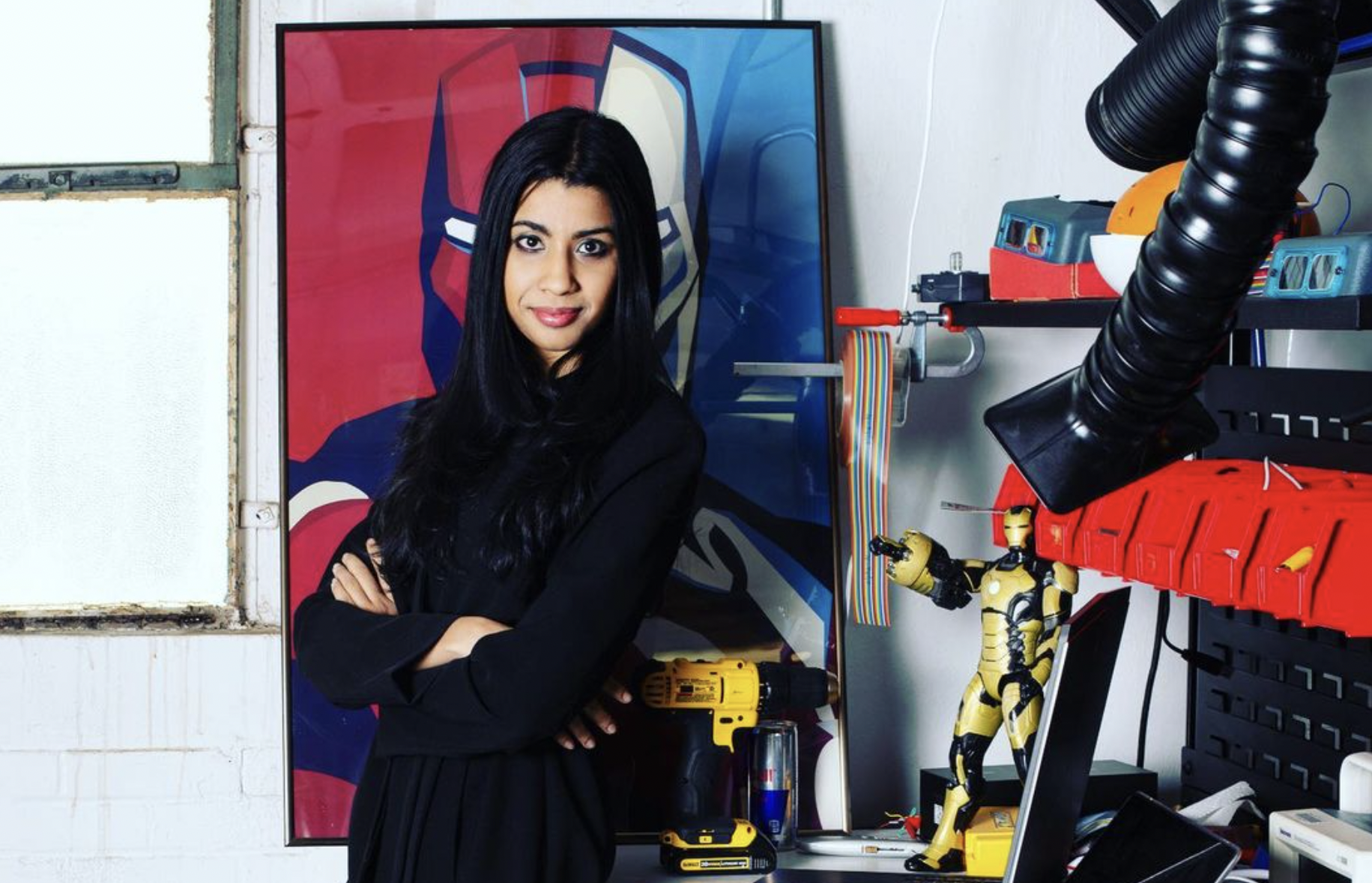“I grew up in a very chaotic family,” said Sampriti Bhattacharyya, the leader of maritime tech company Navier. “I did not grow up close to my parents, so I became very introverted in many ways.”
Growing up in Kolkata, India, at just 12 years old, Bhattacharyya became fascinated by space.
“Watching the Apollo Mission to the Moon had a profound impact on me. The idea that humans can actually go outside of this planetary body and go somewhere, you know this curiously for the unknown,” she said.
During her adolescent years in the Indian capital, Bhattacharyya learned about NASA and educated herself on space technology. Bhattacharyya’s self-taught education, through movies and Discovery Channel, pushed her to apply for an internship in America.
Bhattacharyya’s journey was not without its challenges. She said that she sent out 540 emails to potential employers, applying to vacancies with handmade sketches of her new designs for solar panels. This was a testament to her determination and belief in her abilities, despite the numerous rejections she faced.
“I was reading and learning everything by myself,” the Navier CEO said.
When she was 20, Bhattacharyya’s obsession with science won her an internship at Fermilab, America’s particle physics and accelerator laboratory.
After finishing her internship with Femilab, based in Chicago, the Navier founder returned to India to finish her junior year at college, where she studied electrical engineering.Desperate to return to the US, Bhattacharyya said that she was awarded a scholarship at the Ohio State University while backpacking in India.
“I always wanted to study aerospace engineering; that was my dream to work at NASA, so that’s what I went to do and moved to Columbus, Ohio,” the Navier founder explained.
Bhattacharyya’s dream of working at NASA materialized sooner than she anticipated. Her exceptional work during her master’s degree at Ohio State University earned her a coveted employment offer from NASA.
“My work got a lot of attention, so I applied to three schools,” Bhattacharyya went on, noting that she went on to obtain a PhD at Massachusetts Institute of Technology (MIT).
Bhattacharyya’s infatuation with space was settled back to earth when the Malaysian Airlines flight MH370 got lost in the ocean in 2014. This tragic event, which highlighted the vastness and mystery of the oceans, was a turning point in her career, sparking her interest in maritime technology and ocean conservation.
“We are talking about robots taking over the world, and we cannot find a massive aeroplane that gets lost in the oceans,” the Navier founder said. “Why can’t we have a bunch of robots with sensors on them look for it? Then you realise we know less about our oceans than the Moon’s surface.”
From then, Bhattacharyya said her “dream was always to build the Next Generation Maritime.”
During the final months of 2020, the Navier founder said she decided to build a vessel – intended to be the ocean equivalent of Space X or Tesla.
Bhattacharyya’s unique blend of aerospace engineering and electrical knowledge came to fruition when she designed the first Navier vessel prototype. This process involved innovative thinking, problem-solving, and a deep understanding of both fields, showcasing her technical skills and creativity.
Bhattacharyya’s leadership and teamwork were instrumental in the successful launch of the Navier vessel. She led a team of scientists, engineers, and electricians, each contributing their unique skills and expertise to the project. This collaborative approach to innovation is a hallmark of Navier’s culture and a key factor in its success.
Unlike other maritime vehicles, the Navier vessel prioritizes efficiency and sustainability. It achieves this by using electric momentum to travel above the water, a design choice that significantly reduces its environmental impact and energy consumption. This innovative approach to maritime transportation aligns with Navier’s commitment to ocean conservation and sustainability.
With sustainability and ocean conservation at the forefront of her company, Bhattacharyya said that Navier is currently working on ocean mapping. This project, which aims to create detailed maps of the world’s oceans, is a crucial step towards Navier’s vision of making the oceans as accessible and navigable as land.
“It’s about almost expanding Humanity beyond land borders, suddenly turning the waterways into highways. If you can move things on the water at the cost, speed, and convenience as a land-born option, waterways are no longer an obstacle but a highway,” the Navier founder explained.
“That would be the most, you know, the biggest reward of my life.”







